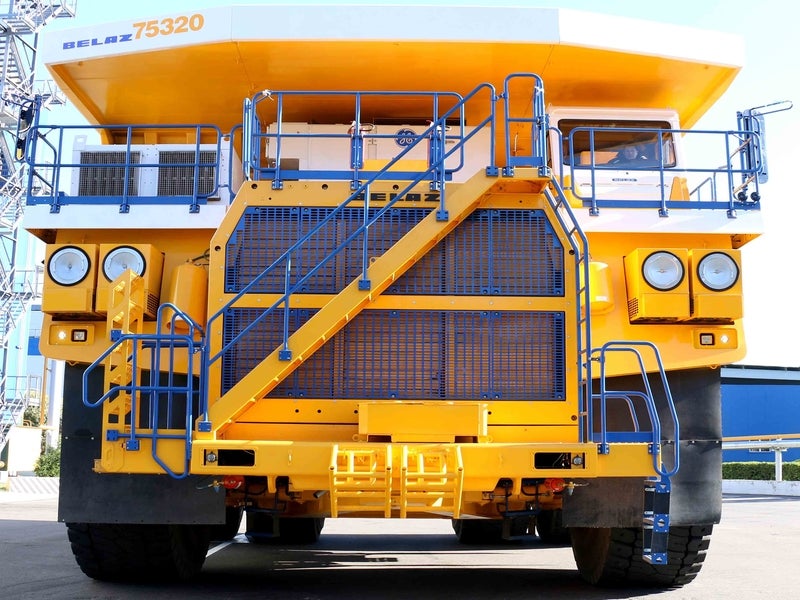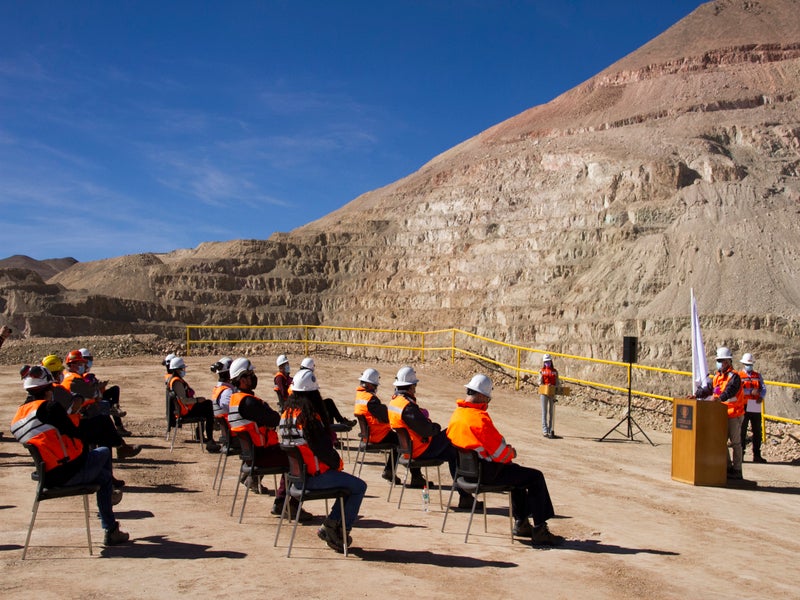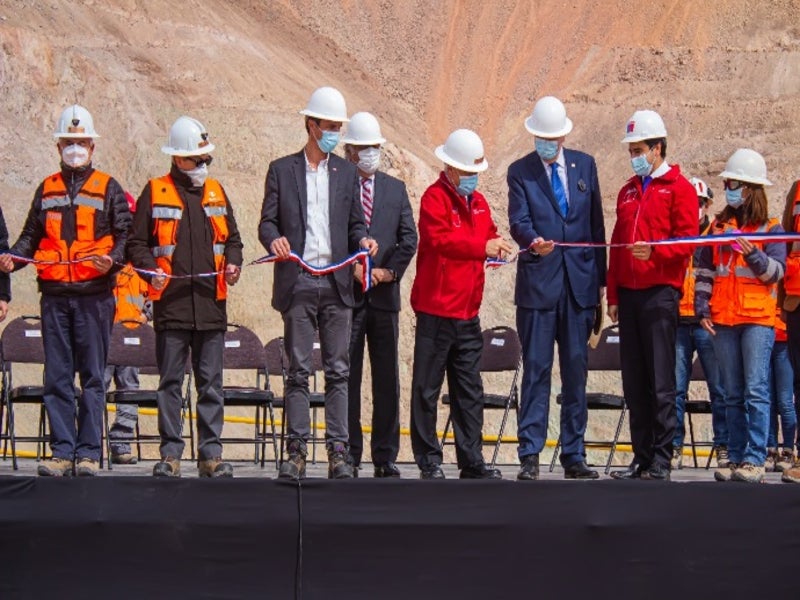The Rajo Inca project seeks to extend the productive life of the existing Salvador copper mining operation in the Atacama region of Chile by 47 years, until 2070.
Operational since 1959, the Salvador mine is owned and operated by Chilean state-owned copper miner Codelco, which is the world’s biggest copper producing company.
Salvador is a combined open-pit and underground copper mining complex comprising the Inca underground mine, and Campamento Antiguo and Quebrada M open-pit mines.
Rajo Inca will convert Salvador into a single open-pit mining operation and increase its production capacity from 60,000t to 90,000t of fine copper a year.
Rajo Inca copper project development details
Construction works on the £1bn ($1.38bn) Rajo Inca project were started in August 2021, with commissioning expected in the second half of 2022. The mine is expected to reach its full production capacity in the first half of 2023.
The pre-feasibility study (PFS) of the project was conducted in 2015, while the environmental impact assessment (EIA) was started in October 2018.
The Codelco board approved spending on the Rajo Inca project in January 2021, after securing approval from the Atacama Environmental Evaluation Commission in February 2020.
Salvador copper mine location and production details
The Salvador copper mine is located in Diego de Almagro, Chanaral province, in the Atacama region of Chile.
The mine produced 56,302 tonnes (t) of fine copper in 2020, compared to 50,561t in 2019.
Rajo Inca copper reserves
The Rajo Inca open-pit project targets 796 million tonnes (Mt) of recoverable ore reserves grading 0.59% copper at the Indio Muerto deposit during the first ten years of mining.
Mining and ore processing
The Rajo Inca copper project will employ conventional open-pit mining method to extract the remaining ore resources at the Indio Muerto deposit. The project involves a 22-month pre-stripping period to remove overburden.
The mining fleet will comprise hydraulic shovels, large tonnage front loaders, and up to 30 haul trucks.
The extracted ore will be sent for processing at the existing concentrator and hydrometallurgical plants. The existing processing facilities of the Salvador mine will be overhauled to optimise performance, as part of the Rajo Inca project.
The concentrates and cathodes produced from the Rajo Inca operation will be transported to either the Port of Barquitos at Punta Blanca, Ecuador, or to the Potrerillos smelter located in the Atacama region of Chile.
Infrastructure
The Rajo Inca copper project will utilise the existing Salvador mine infrastructure including the processing and tailings storage facilities.
It will also involve two new waste dumps, one gravel dump, a reverse osmosis (RO) plant, a sanitary landfill area, and truck workshops.
Contractors involved in Salvador copper mine expansion
BELAZ, a mining truck manufacturer based in Belarus, was contracted to supply 18 mining dump trucks for the Rajo Inca copper project in June 2021. The order includes 136t BELAZ-7513, 240t BELAZ-7531C, and 290t BELAZ-75320 trucks.
H-E Parts International Mining Solutions was contracted to inspect, repair, and reassemble 23 Komatsu 930E haul trucks for the Rajo Inca copper project in April 2021.
Geotecnia Ambiental (GA), an environmental engineering and consulting firm based in Chile, was engaged to prepare the EIA report of the project.
Jacobs and Transbuild (TBD) were engaged to provide engineering review services during the feasibility study of the project.





